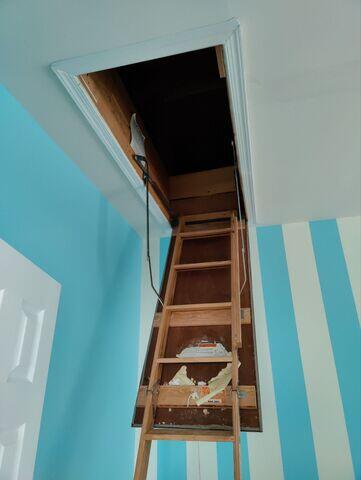
Pull-Down Attic Access Stairs
The problem: These hatches are uninsulated and result in heat transfer, allowing heat from the living spaces below to escape into the attic in winter and causing cold air to be drawn into the livings spaces from the outside. In the summertime the heat inside the attic can reach temperatures of 150 degrees - then this hatch cover acts as a heating panel, warming up the living space below and defeating the air conditioning system.
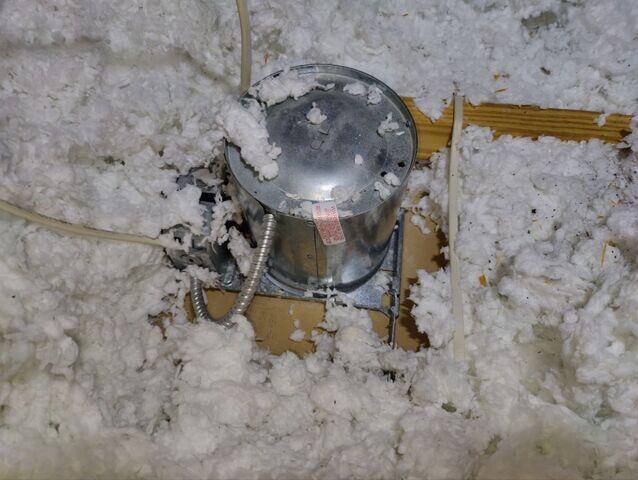
"Canned" lighting fixture mounted in ceiling
These lighting fixtures penetrate the attic floor. Small openings in the fixture itself, and the gap around the hole in which it is mounted allow air to escape into the attic from the room below. This results in pressure differences that cause untreated air (hot and humid) to be sucked into the main floors of the home, defeating the air conditioning system.
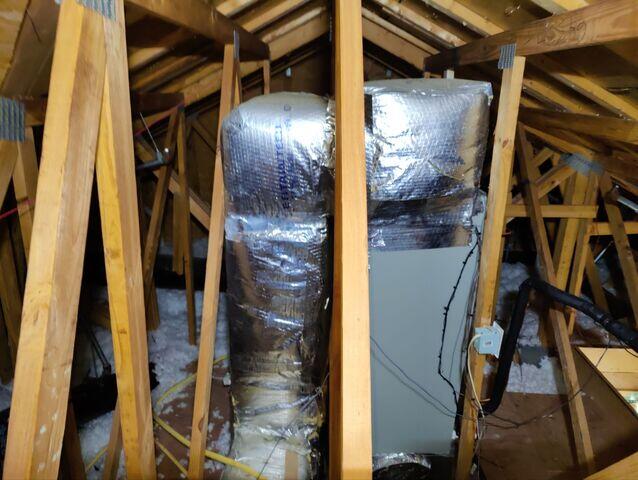
HVAC (Heating, Ventilation and Air Conditioner) Equipment
The worst possible place to install HVAC components is within the hostile environment of attic, where winter temperatures often plunge below freezing, and summer temperatures can reach 150 degrees. That's like putting a hot cup of coffee outside on your deck in the cold of winter and expecting it to stay hot, or putting glass of iced tea out in the sun on a hot humid summer day and expecting it to stay cold. Insulating the equipment helps, but typically HVAC contractors don't insulate well enough.
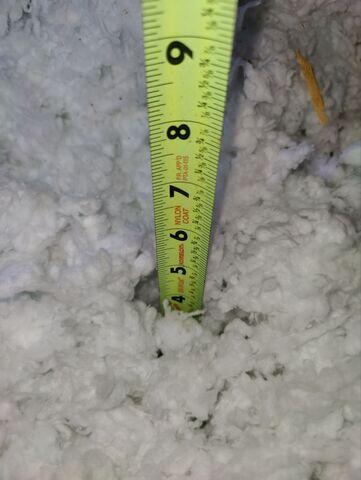
5" of blown fiberglass insulation on the attic floor
Older homes often have less than optimal amount of insulation. There were spots in this home with 5 inches of blown fiberglass insulation, resulting in insulation protection values of just R11. Homes these days are typically insulated to R40 or more.
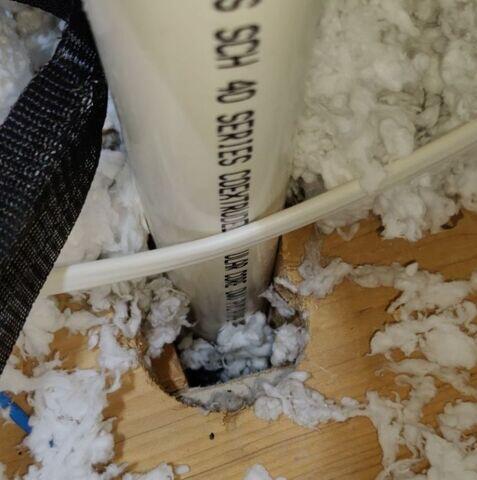
Plumbing penetration of the attic floor
We hate bust any building contractor. But the truth is plumbers are often the worst violators of wall and attic floor penetrations that result in huge breeches of the "pressure plane". When this occurs huge losses of treated air occur while simultaneously drawing in untreated outdoor air. This defeats the work of the HVAC equipment and can drive energy costs sky high in the during hot and cold seasons. Not only that, but it causes polluted air, pollen, and other impurities to be drawn into the house. Wonder why your house gets dusty so fast? This could be a big reason.
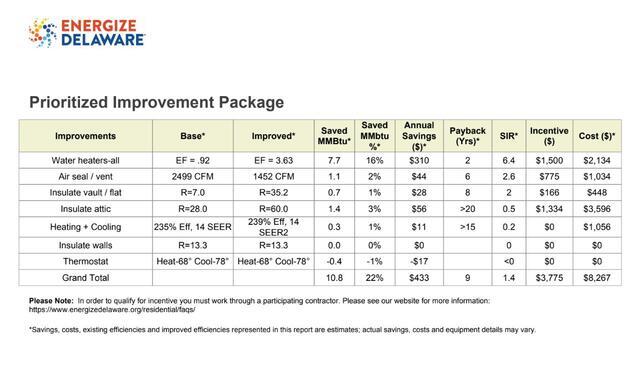
Energy Audit Report - Summary Page
There's a lot of confusing numbers on this report. Once the auditor has completed the report, a Lawson Home Services representative will meet with the homeowner to review and explain this information. Perhaps the most important numbers for the homeowner on the report is the SIR, or "Savings to Investment Ratio". This number shows how much the homeowner can expect to save over time by installing the improvements. Each Improvement is itemized so homeowners can select the specific measures that best suit their needs and budget.

